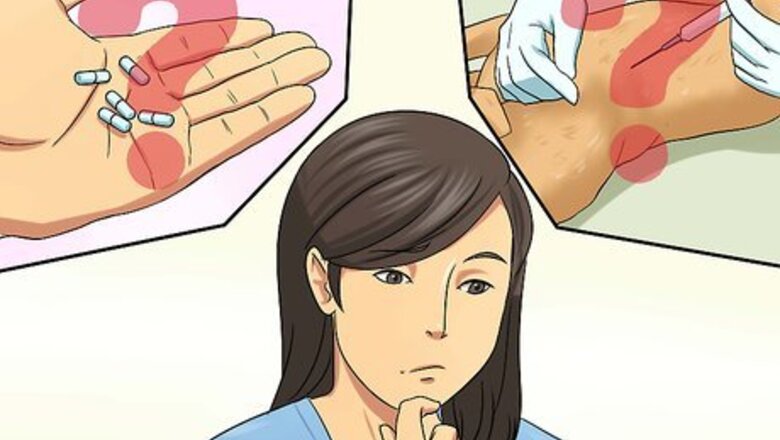
views
Using Supportive Care

Understand that there is no medical "cure" for canine influenza. Rather, your dog's veterinarian will offer what is called "supportive care." Supportive care is a combination of symptom management and rest so that your dog's immune system is optimized and best able to fight off the virus. Your dog's immune system is the only thing that can fight off the bug itself. Keep your dog's eyes and nose clean. Wipe these areas down with a cotton pad soaked in water that has been boiled, then cooled to room temperature. Make sure your dog's bed has plenty of padding. If your dog isn't moving very much, they can develop bed sores. Provide additional padding with a few extra blankets. Keep your dog indoors and make sure it is not too hot or too cold.
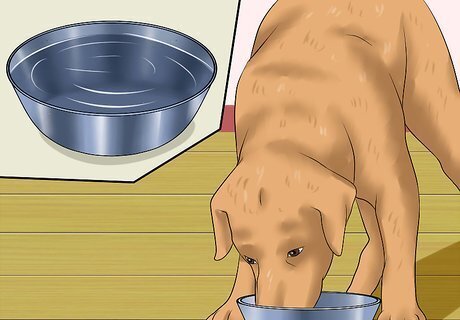
Give your dog fluids. The vet may offer your dog extra fluids, sometimes via an IV, if your dog has become dehydrated as a result of fighting off canine influenza. If the dehydration is only mild, encouraging your dog to drink more water orally may be sufficient. A dog needs to drink 50 milliliters (1.7 fl oz) of water for every kg body weight (so, if your dog weighs 22kg or 50 lbs, they need 1,100 ml of water daily). If your dog is not motivated to drink, you can syringe water in through the side of their mouth in small, frequent doses throughout the day.
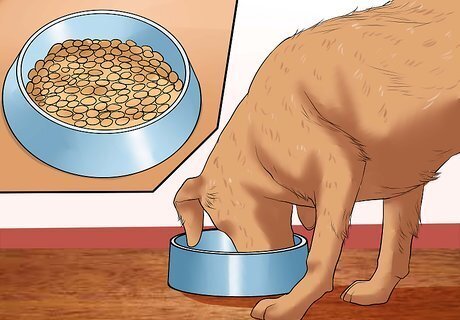
Encourage your dog to eat. A sick dog may not have much interest in eating, but your dog needs to keep their strength up. If your dog will not eat, try warming some wet or canned food and offering it to them. The dog may allow you to hand-feed them or may be interested in eating their favorite treats. If nothing seems to be working, ask your vet about Oralade, a liquid food that you can give your dog via a syringe.
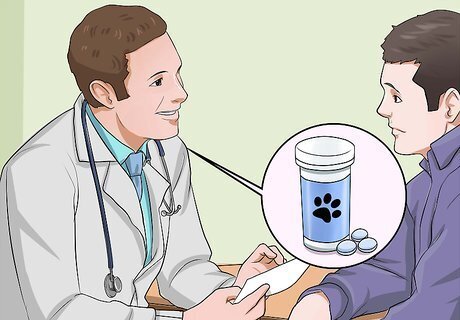
Ask about medications for symptom management. While it is never wise to try and give your dog human medications (such as Tylenol, Advil, or other cold and flu medications), your vet can advise you as to pet-friendly alternatives that can help to decrease the bothersome symptoms for your dog, as his or her immune system works to fight off the virus. Speak to your vet if you would like medications to help with pain, fever, and/or runny nose and congestion symptoms in your dog (all of which are often present in cases of canine influenza).
Preventing Complications
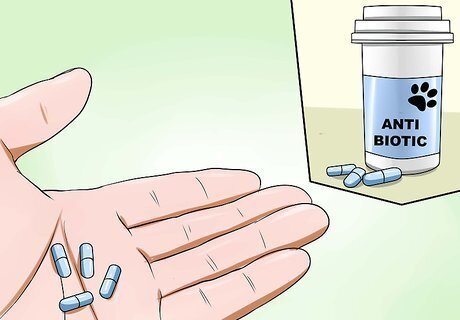
Opt for antibiotics for your dog. Although canine influenza is a viral infection, many veterinarians will offer your dog antibiotics to prevent what is called a "secondary bacterial infection." What this means is that, while your dog's immune system is busy fighting off the virus, it can become weakened and susceptible to bacterial infections. The antibiotics help to prevent this and to ensure that your dog has the quickest recovery possible.

Prevent the spread of infection to other dogs. While your dog is recovering from canine influenza, it is important to keep them at home and isolated from other dogs. The virus can be spread through droplets, so if your dog sneezes around other dogs, the infection can spread. Avoid public places with other dogs such as doggy daycare, doggy boarding places, and public dog parks. Although it can be a hassle to keep your dog at home, you would appreciate the same done by another dog owner if his or her pet was infected. Make sure you wash your hands after touching your dog or anything that might be infected (your dog's food bowl, toys, bedding, etc.) and before you touch another dog. If you work during the day and need care for your dog, consider hiring a dog walker for the duration of the illness. They can stop in during the day to check in on your dog and walk your dog while avoiding the need to go to a public place where other dogs could become infected. EXPERT TIP Ray Spragley, DVM Ray Spragley, DVM Veterinarian Dr. Ray Spragley is a Doctor of Veterinary Medicine and the Owner/Founder of Zen Dog Veterinary Care PLLC in New York. With experience in multiple institutions and private practices, Dr. Spragley’s specializations and interests include non-surgical management of cranial cruciate ligament tears, Intervertebral Disk Disease(IVDD), and pain management in osteoarthritis. Dr. Spragley holds a BS in Biology from SUNY Albany and has a Doctor of Veterinary Medicine degree (DVM) from Ross University School of Veterinary Medicine. He is also a Certified Canine Rehabilitation Therapist (CCRT) through the Canine Rehab Institute as well as a Certified Veterinary Acupuncturist (CVA) through Chi University. Ray Spragley, DVM Ray Spragley, DVM Veterinarian Vaccinate at-risk dogs for canine flu. Stem contagious canine influenza outbreaks by vaccinating at-risk dogs with contact to other dogs at places like kennels, daycares or dog shows. While mild coughs may resolve alone, worsening discharge, fever, or audible breathing issues warrant an immediate vet visit to check for secondary pneumonia needing antibiotics.
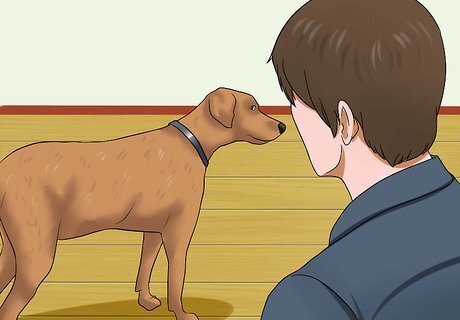
Monitor your dog's progress. Your dog should begin to feel better over a few days to a week or so, and symptoms should begin to dissipate and ultimately disappear. If you find that your dog is getting worse, or failing to show any signs of improvement after one week, bring them back to the vet for a follow-up examination. It could be that your dog needs additional care, and/or hospitalization in the more severe cases. Although this is rarely needed, it is best to see your vet and to be safe rather than sorry. Watch for signs of dehydration, especially if your dog does not seem to be drinking much water. Check to make sure your dog is not soiling themselves, especially if they are not moving from their bed. Check your dog's temperature twice daily. A normal temperature is between 100 and 102.5°F (37.7 and 39.4°C). If your dog has underlying health conditions, such as heart or kidney disease, then you will need to take extra measures to support them as they fight the infection. Work with the vet to ensure they are getting the necessary care, which may include staying at the veterinary clinic.




















Comments
0 comment